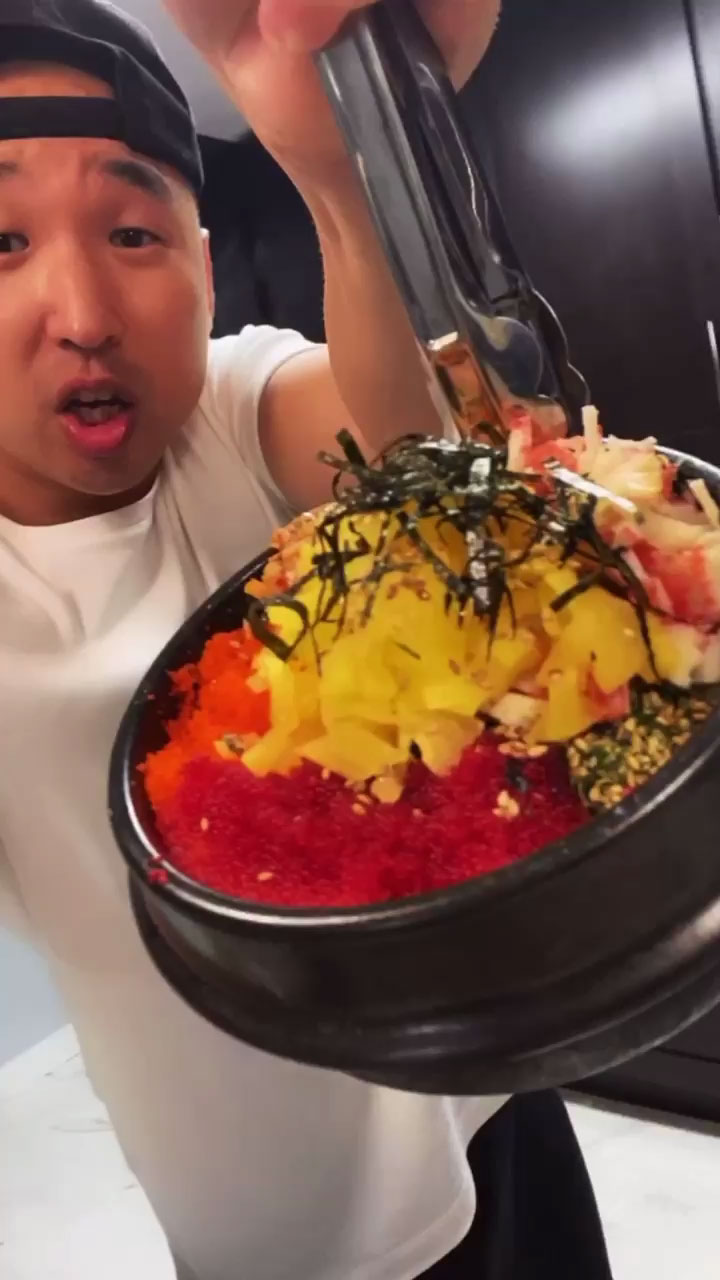
Al Bap is a unique type of bibimbap that uses fish roe as the main ingredient. In combination with various vegetables, each bite is a burst of fresh ocean flavors and crunch!
In Korean cuisine, bibimbap literally means mixed rice. By default, many know this as rice, assorted vegetables, beef, fried egg, and gochujang sauce all placed in a hot stone bowl.
While that is delicious in itself, for many Koreans, it can be as basic as rice, whatever vegetable and protein you have (sometimes just egg), and a little bit of gochujang with sesame oil. In short, it’s an easy dish we often make with whatever we have left in the fridge. I call it broke boyz bibimbap!
For today, I’ll be sharing a unique type of mixed rice where the main ingredient is fish roe also known as tobiko. It’s essentially fish eggs that have been harvested from fish, cleaned, and salt-cured for a smoky and salty flavor. It comes in small eggs, orange in color, and crunchy in texture.
Al Bap is a mixture of fish eggs and vegetables served in a ttukbaegi. It’s quite expensive, but super easy to prepare and just on another level of deliciousness. There’s freshness, umami, spice, tang, and crunch in this dish!
Ingredients and Items You Need for Fish Roe Bibimbap
Disclaimer: I get a small commission at no additional cost to you when you make a qualified purchase under the affiliate links.

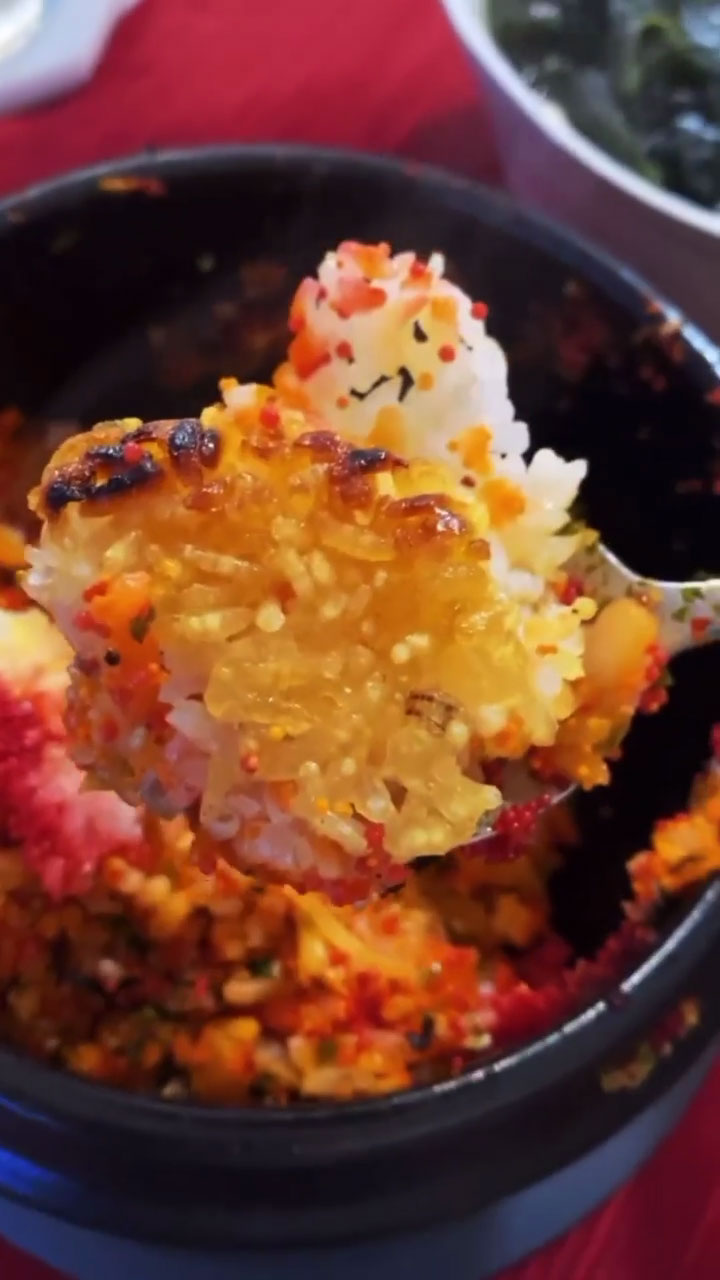
- Ttukbaegi – This is a stone bowl or earthenware bowl where you can directly cook your food. One of the best things about bibimbap is the crispy rice formed when you use this! It’s harder to eat because it’s hot but Koreans love sizzling hot food! Kakaka~ Nevertheless, it’s also okay to use a skillet if you don’t have this special bowl.
- Rice – I used medium-grain white rice but any rice you prefer is amenable to bibimbap!
- Fish Roe – As mentioned, this is also known as fish eggs or tobiko. You can find these at Hmart or Japanese market and it’s ready to use—no need for any other preparation. Keep refrigerated after using.
- Mentaiko – This is another type of fish egg that comes from Alaskan Pollock. It looks very much like raw sausage, but once you open the skin, it also contains small cured fish eggs. This is a common ingredient in Japanese and Korean cuisine, so I like to add it to al bap. This, however, is optional.
- Imitation Crab – This dish is seafood and veggies all the way! For a quick and easy protein, I added some imitation crabs. If you feel fancy, you can also use actual crab meat!
- Kimchi – One of the best toppings for this fish roe rice is good quality kimchi. A good kimchi will never let you down. Take it up a notch by stir-frying your kimchi with a bit of salt and sesame oil!
- Pickled Radish – For a contrasting taste from all the seafood, spice, and umami, pickled radish is your burst of tanginess and freshness for this dish. In the supermarket, they come in different sizes. It’s okay to get any because you will chop them anyway. If you feel that the pickled radish is too strong for your taste, you can also swap it with cucumbers or microgreens!
- Furikake, Seaweeds, and Sesame Seeds – These three items are the only seasoning for the dish. They will bring umami and complement the seafood and vegetables really well!
- Sesame Oil – Sesame oil will be the agent that will help crisp the bottom of the rice and at the same time be the sauce that will bring the whole dish together.
All of these ingredients are Asian, so you’ll be able to find them in Asian markets or Hmart where I usually buy my groceries. I know it requires a handful of ingredients, but there is minimal preparation and cooking done throughout the dish, I promise!
How to Make Fish Roe Rice and How to Eat It
To prepare the dish, you need to chop kimchi, pickled radish, and imitation crab really small. This makes it easier to mix with the rice and allows you to have everything in one bite.
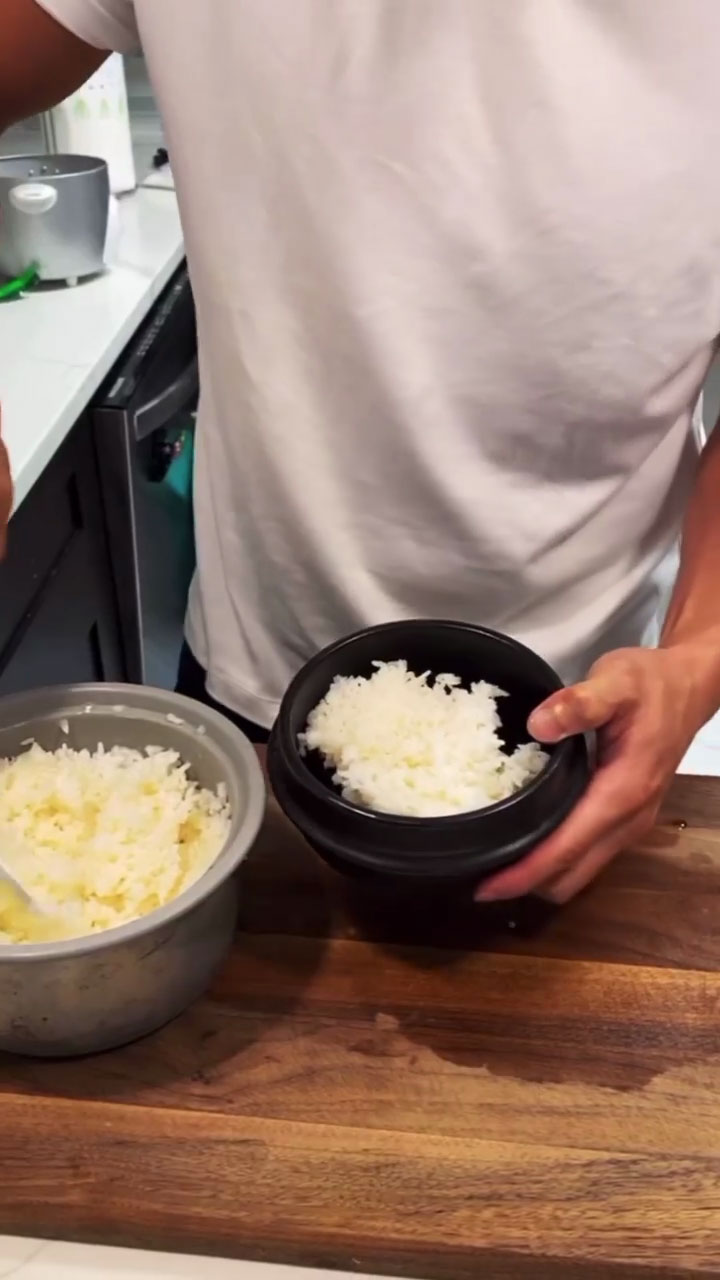
Once all your ingredients are prepared, put two tablespoons of sesame oil on the ttukbaegi. Brush the oil around the edges of the bowl. Doing this will help crisp up the bottom of the rice.

Spread the rice evenly on the ttukbaegi, then top with tobiko, mentaiko, imitation crab, kimchi, and pickled radish. Position it beautifully for presentation. Season and garnish with furikake, sesame oil, sesame seeds, and seaweed paper.
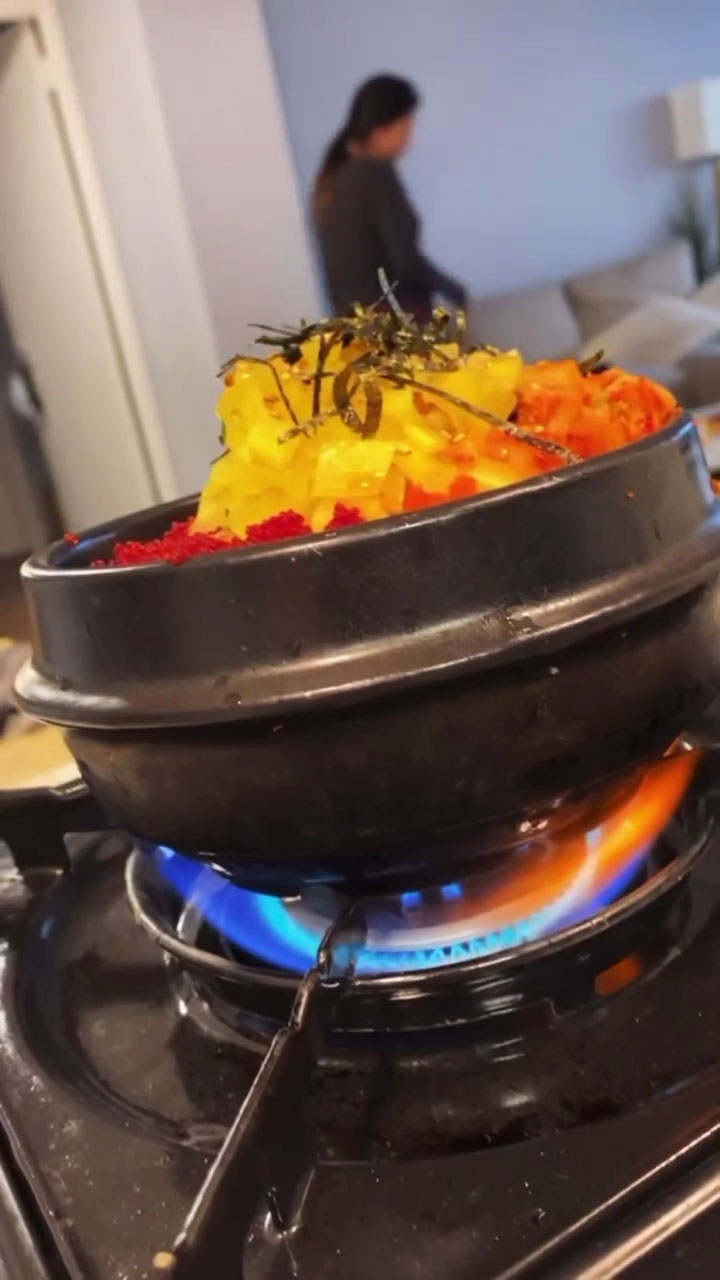
Place the ttukbaegi (or skillet) on high heat and allow it to cook for 3-4 minutes. In the process, the rice will steam and be fluffy while making the bottom crispy. Midway, mix the rice thoroughly. The more you mix, the better it tastes! After cooking, the rice will continue to crisp up as the ttukbaegi remains hot. Be careful in handling it!

Consume immediately with any soup of choice like Seaweed Soup, Dumpling Soup, or Short Rib Soup. This will be a quick but elevated meal time, and you won’t have any leftovers for sure!
Other delicious rice dishes you might like:
Make sure to leave a rating, a comment, or tag me on Facebook, Instagram, or Tiktok when you chop them up! Yeobosayo!
Fish Roe Bibimbap (Al Bap)
Equipment
- Ttukbaegi
Ingredients
- 1 cup Rice
- 1 tbsp Tobiko
- 1 tbsp Mentaiko
- Furikake
- Kimchi Chopped
- 2 stick Imitation Crab Chopped
- Yellow Pickled Radish Chopped
- Sesame Seeds
- Sesame Oil For the base and seasoning
- Seaweeds
Instructions
- Chop the kimchi, pickled radish, and imitation crab really small. Set aside.
- Place two tablespoons of sesame oil on your ttukbaegi. Brush it on the edges of the bowl.
- Place the rice evenly in the bowl, then top with tobiko, mentaiko, imitation crab, kimchi, and pickled radish.
- Garnish with furikake, splash of sesame oil, seaweed paper, and sesame seeds.
- Place the bowl on high heat for 3-4 minutes. Midway, mix the rice thoroughly.
- After cooking, serve immediately with any preferred soup.
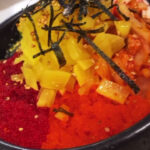

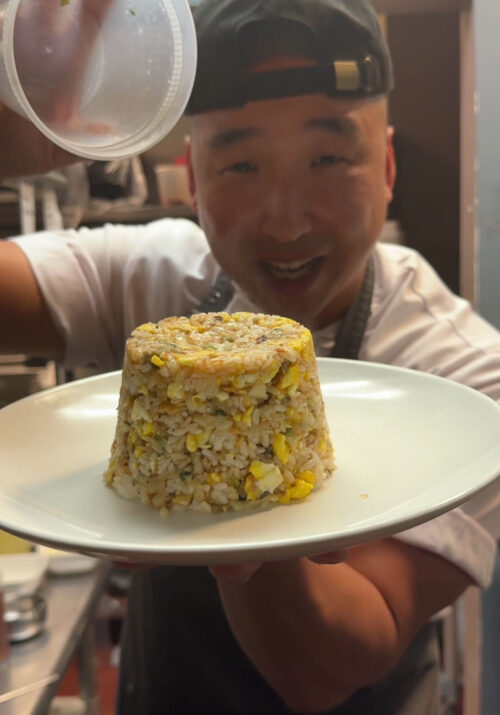
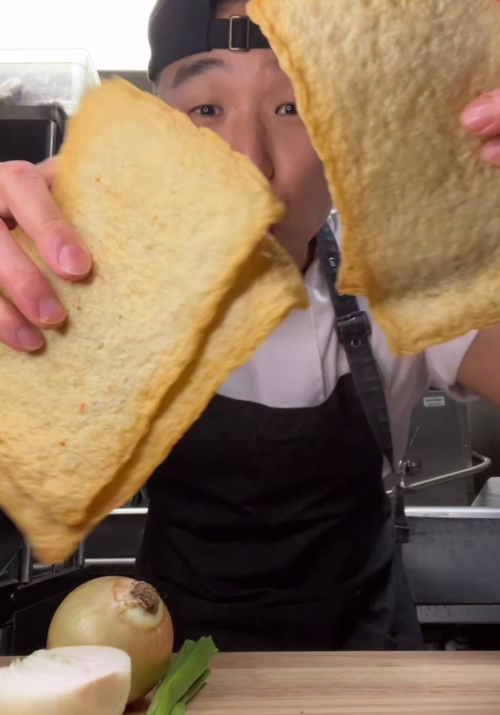


Leave a Reply